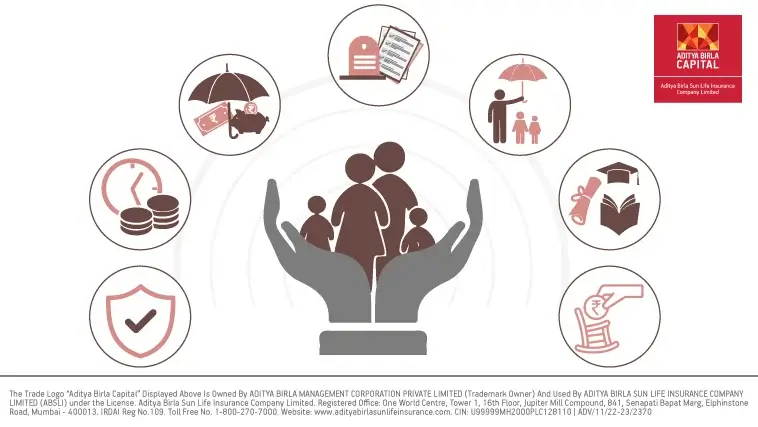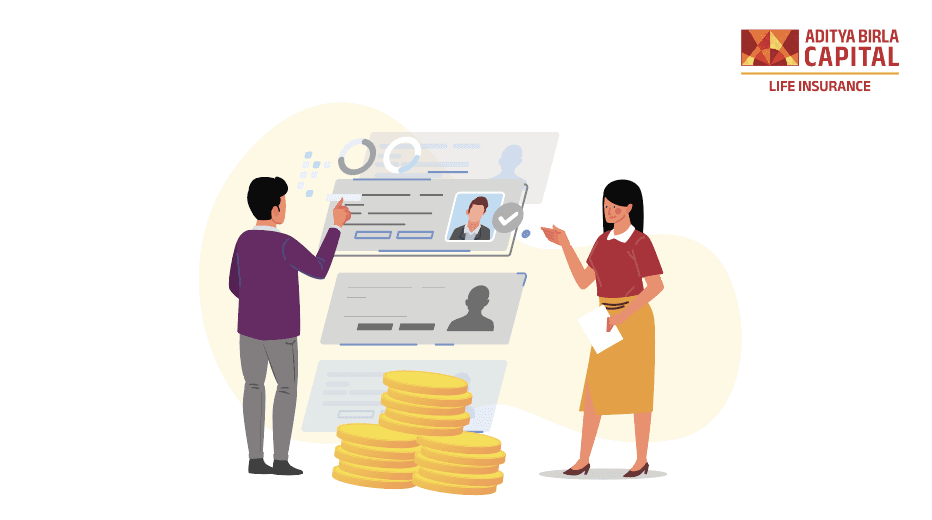Wealth management is more than just growing your assets; it also involves safeguarding your wealth against various risks. Effective risk management is a crucial aspect of the wealth management, ensuring that your financial goals are met while minimising potential losses. This guide will explore strategies to manage risk within the framework of wealth management, helping you secure and grow your financial assets.
What is Risk Management?
Risk management in the context of wealth management refers to the process of identifying, assessing, and prioritising risks, followed by the application of strategies to minimise, monitor, and control the probability or impact of unforeseen events. Here’s a breakdown of what risk management entails:
-
Identification of Risks
Recognising potential risks that could affect your wealth, such as market volatility, inflation, interest rate changes, and geopolitical events.
-
Risk Assessment
Evaluating the likelihood and potential impact of identified risks on your financial portfolio and overall wealth.
-
Risk Mitigation Strategies
- Diversification: Spreading investments across various asset classes, sectors, and geographical regions to reduce exposure to any single risk.
- Hedging: Using financial instruments like options and futures to offset potential investment losses.
- Insurance: Protecting assets through appropriate insurance policies, such as life, health, and property insurance.
-
Monitoring and Review
Continuously monitoring the financial environment and reviewing your risk management strategies to ensure they remain effective and aligned with your financial goals.
Effective risk management is integral to maintaining and enhancing wealth, ensuring financial assets are protected from potential adverse events while allowing for growth and prosperity.
What is Wealth Management?
Wealth management is a comprehensive financial service that combines various aspects of financial planning, investment management, tax planning, and estate planning to help individuals and families grow, preserve, and transfer their wealth. Here’s a deeper look into what wealth management entails:
-
Personalised Financial Planning
Tailoring financial strategies to meet the unique goals and needs of the client, including retirement planning, education funding, and legacy planning.
-
Investment Management
Developing and managing a diversified investment portfolio to achieve long-term financial objectives while balancing risk and return.
-
Tax Planning
Implementing strategies to minimise tax liabilities and enhance after-tax returns, including using tax-efficient investment vehicles and deductions.
-
Estate Planning
Creating plans for the transfer of wealth to heirs or charitable organisations, including wills, trusts, and other legal instruments to ensure the client’s wishes are fulfilled and tax implications are minimised.
-
Risk Management
Identifying potential risks to the client’s wealth and developing strategies to mitigate these risks, including insurance and diversification.
-
Ongoing Advice and Support
Providing continuous guidance and adjustments to financial strategies based on changes in the client’s life circumstances, financial markets, or goals.
Wealth management is a holistic approach that integrates all aspects of financial health, aiming to provide comprehensive solutions for maintaining and enhancing wealth over the long term.
Types of Risks in Wealth Planning
Wealth planning involves managing various risks that can impact financial goals and stability. Here are some common types of risks:
-
Market Risk
The risk of losses due to changes in financial market conditions, such as stock market volatility, interest rate fluctuations, market changes or currency exchange rate changes.
-
Inflation Risk
The risk that rising inflation will erode the purchasing power of money, leading to a decrease in the real value of investments and savings.
-
Interest Rate Risk
The risk that changes in interest rates will negatively impact the value of investments, particularly fixed-income securities like bonds.
-
Credit Risk
The risk that a borrower will default on their debt obligations, leading to potential losses for lenders or investors.
-
Liquidity Risk
The risk of being unable to quickly convert assets into cash without significant loss in value (it can be problematic in times of financial need).
-
Longevity Risk
This is the risk of outliving one’s savings, particularly relevant for retirement planning, where there is a need to ensure that funds last throughout the retiree’s lifetime.
-
Geopolitical Risk
It is the risk of losses occurred due to political instability, changes in government policies, or geopolitical events which can affect financial markets and economic conditions.
-
Operational Risk
The risk of losses due to failures in internal processes, systems, or external events, such as fraud, cyber-attacks, or natural disasters.
-
Regulatory Risk
The risk that changes in laws or regulations will negatively impact investments or financial strategies, potentially leading to increased costs or reduced returns.
-
Reinvestment Risk
The risk that proceeds from an investment may have to be reinvested at a lower rate of return, affecting the overall income generated from the portfolio.
Understanding and managing these risks is not only essential but crucial for effective wealth planning, helping to safeguard financial assets and achieve long-term financial goals.
Steps to Manage Risks in Wealth Planning
-
Identify and Assess Risks
Start by identifying all potential risks that could impact your wealth, such as market volatility, inflation, and credit risks. Assess the likelihood and potential impact of each risk on your financial goals and portfolio.
-
Diversify Your Investments
Spread your investments across various asset classes (stocks, bonds, real estate, etc.), sectors, and geographical regions to reduce exposure to any single risk. Diversification helps balance risk and return, providing a more stable investment portfolio.
-
Implement Risk Mitigation Strategies
Use hedging techniques such as options and futures to protect against adverse market movements. Additionally, consider insurance policies to safeguard against unexpected events, such as life, health, and property insurance.
-
Establish a Liquidity Plan
Ensure you have sufficient liquid assets or access to funds to meet short-term needs and emergencies without disrupting your long-term investment strategy. This includes maintaining an emergency fund and investing in easily accessible financial instruments.
-
Regularly Review and Rebalance Your Portfolio
Continuously monitor your investment portfolio and financial environment. Rebalance your portfolio periodically to maintain your desired asset allocation and risk level, adjusting for changes in market conditions or personal circumstances.
-
Engage in Comprehensive Tax Planning
Develop tax-efficient investment strategies to minimise tax liabilities and maximise after-tax returns. Utilise tax-advantaged accounts and investment vehicles and stay informed about changes in tax laws that could affect your strategy.
-
Plan for Longevity and Estate Transfer
Ensure your financial plan includes provisions for a long retirement and strategies for transferring wealth to heirs or charitable organisations. This may involve setting up trusts, wills, and other estate planning tools to minimise taxes and ensure your wishes are fulfilled.
-
Seek Professional Advice
Consult with financial advisors, tax professionals, and estate planners to gain expert insights and tailor your risk management strategies to your needs and goals. Professional advice can help you navigate complex financial situations and optimise your wealth management plan.
Conclusion
Effective risk management is a cornerstone of successful wealth management, ensuring that your financial goals are met while protecting your assets from potential threats. By identifying risks, diversifying investments, and implementing robust mitigation strategies, you can safeguard your wealth and enhance your financial stability. Regular review and adjustment of your plan, combined with professional advice, ensure that you remain on track to achieve your financial objectives despite changing market conditions and life circumstances. Embrace a proactive approach to risk management to build and preserve your wealth for the long term.










